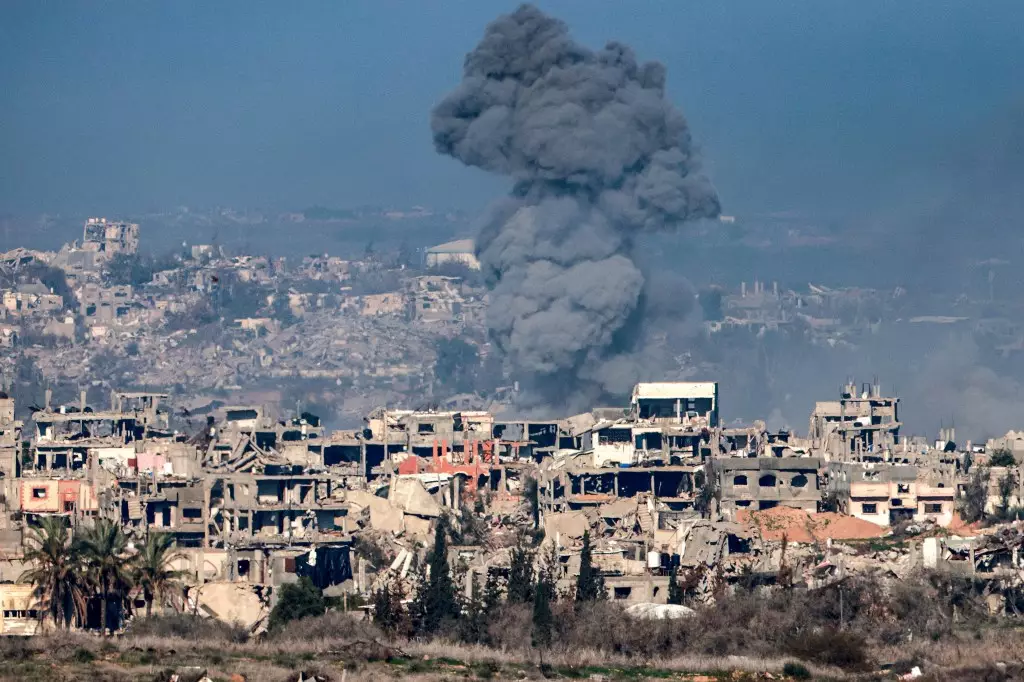The recent ceasefire in Gaza, which came into effect under challenging circumstances, brings a glimmer of hope amid the ongoing humanitarian crisis. After nearly three hours of unforeseen delays, the agreement sees Gazans tentatively returning to their homes while reflecting on the journey that led us here. The ceasefire, announced to begin at 6.30 AM GMT, was held up by complications surrounding the detailed release of hostages, leaving many weary residents in limbo while Israeli airstrikes persisted.
Central to the ceasefire agreement was Hamas’s commitment to releasing the names of hostages, a condition that ultimately allowed for a temporary halt in conflict. Among the first three hostages named were Doron Steinbrecher, Emily Damari, and Romi Gonen. This gesture, however minor it may seem on the surface, is laden with broader implications for the trajectory of the conflict. The ongoing struggle between the two entities necessitates tangible agreements for the sake of civilian lives, and the release of hostages represents a precarious step towards more meaningful negotiations.
The background of violence that precipitated this ceasefire is staggering. Since Hamas’s initial attack on October 7, 2023, which claimed nearly 1,200 lives and resulted in the abduction of 251 Israelis, the conflict has spiraled into tragedy with over 46,000 Palestinian casualties reported. The human toll of the ongoing violence underscores the urgent need for lasting peace strategies. The repercussions resonate beyond immediate suffering, affecting the communal psyche and exacerbating generations of mistrust.
The ceasefire also highlights the fragile political dynamics within Israel. Prime Minister Benjamin Netanyahu, despite embracing a mediated deal negotiated by the United States and Qatar, is faced with internal dissent. The resignations of hardline officials such as National Security Minister Itamar Ben Gvir further complicate an already precarious leadership landscape. This discord within the Israeli administration raises concerns about the sustainability of the ceasefire and whether future agreements can be reached without significant internal conflict.
As residents emerge from the shadows of conflict, the temporary ceasefire indisputably serves as a ray of hope. However, the challenges that lie ahead are immense. The need for a comprehensive, long-term solution remains critical to ensure that civilians in both Gaza and Israel can live without the pervasive fear of violence. True peace requires the collective efforts of all stakeholders, including local leaders and the international community. As we follow the unfolding narrative of this conflict, the cautious optimism surrounding the ceasefire must be grounded in awareness of the underlying issues that need resolution if genuine peace is to be realized.

Leave a Reply